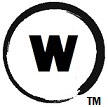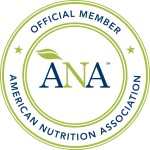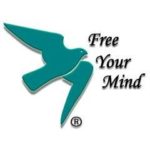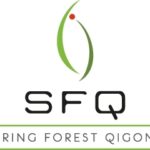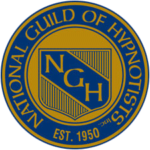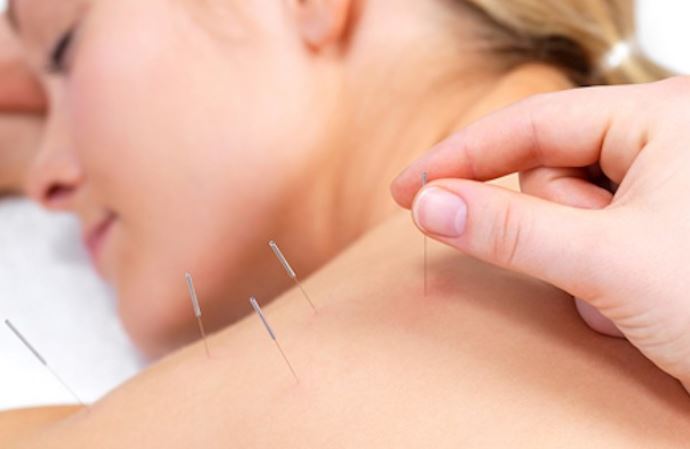
Many do not know that Acupuncture was practiced in many countries and cultures, not only the Chinese. All acupuncture practiced today stems from classic medical principals first recorded in ancient China over 2000 years ago. These texts were introduced into Japan around the 6th century A.D.. In Japanese, acupuncture developed its own Acupuncture traditions. Read below to learn even more about Chinese, Japanese and Korean acupuncture.
These are the main differences between Chinese and Japanese acupuncture:
- The size of the needles: Japanese Needles are thinner and sharper than their Chinese counterparts. Some claim this lowers pain of needle insertion into the skin.
- The method of insertion: “The Japanese use metal or plastic tubes to guide the needles into your skin, a technique that is designed to enhance accuracy and reduce pain. The needles are also cleaner and free from infection. Chinese needling involves lifting, thrusting, twisting and twirling the needles until the qi arrives. The practitioner know this occurs when the patient notifies them that they feel a dull and distending feeling around the needle. In Japanese Acupuncture the practitioner relies on their keen sense of touch to feel the ki arrive. It is not essential at this point for the patient to feel anything at all”.
- The depth of needle insertion: Needles in Japanese acupuncture are inserted superficially (they do not pierce deeply), to a depth of about 1 – 5 mm. Chinese needling tends to be aimed more at the fleshy areas of the body. To get to these areas the needles are inserted generally between 1 – 5 cm. Japanese Acupuncture is more interested with the area on or just below the skin (where many nerves that send messages to the brain exist).
- Less de qi sensation: There is less of the tingling sensation (resulting from inserting then twisting the needles), known as De Qi in Japanese acupuncture.
- Touch: “Japanese acupuncture practitioners rely on touch rather than on sight to decide on the entry points for the needles. Every acupuncture point is palpated before the needle is inserted.”.. “for a period in Japan, Acupuncture was a profession mainly practiced by the blind. This created a rich tradition of diagnosing by touch (palpation) which has been passed on to modern practitioners.”
- Using Moxa: Most Japanese acupuncturists use moxibustion as part of their acupuncture routine in order to warm the acupuncture points by burning moxa, derived from the mugwort plant, above the skin before the needles are inserted.
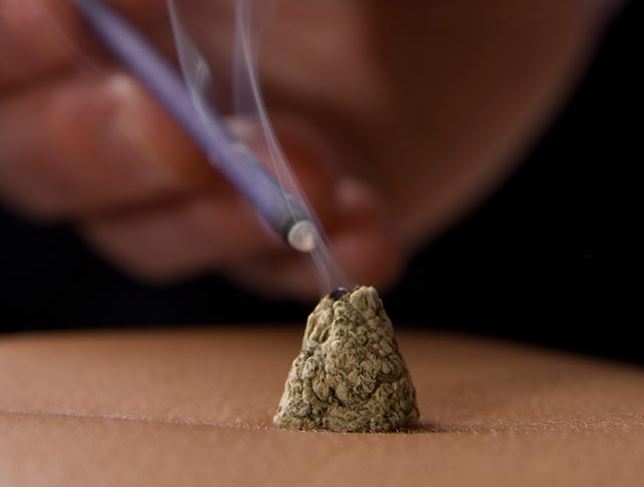
- Herbs: Chinese acupuncturists rely on a combination of needles and herbs to cure or prevent disease; herbs are an essential part of Traditional Chinese Medicine (TCM). Japanese acupuncturists do not normally use any form of herbs in conjunction with acupuncture but refer to specialist Kampo (Herbal) practitioners to do so.
~~~~
Below you will find a quotation from the National University of Health Sciences that discusses the differences between Chinese, Japanese and Korean acupuncture:
Quote:
Chinese Acupuncture
The acupuncture profession looks to China as the standard traditional model. In China, acupuncturists use big needles with a greater depth of insertion. They are trying to stimulate what is called the “De Qi” sensation, or “arrival of Qi” – life energy flowing through the body. A Chinese acupuncturist will try to enhance that sensation by gently rotating the needle. On a microscopic level, the surface of a Chinese needle is very rough, so patients will definitely feel the needle when is inserted. This heightens the De Qi response.
“Current research shows that the De Qi sensation is really important,” says Dr. Kwon. “There is a better outcome after treatment.”
The Chinese also use more needles, and insert them into a wider area of the body.
Taiwan also has a unique acupuncture system as well, called “Tung” acupuncture. It uses a completely different system with different points. The majority of points are closely located to bones, joints and nerves. The Tung system provides excellent and quick results for patients with musculoskeletal conditions.
Japanese Acupuncture
“The Japanese use thinner needles, and a gentler technique with shallow insertion. Their diagnostic assessment relies heavily on palpation of the abdomen, back and various pulses along the meridian system. In fact, Japanese style acupuncture is often called ‘meridian acupuncture’ for this reason,” says Dr. Hyundo Kim, chief clinician for the acupuncture program at NUHS.
Western medicine moved into Japan much earlier than it did in other Asian countries through Dutch influence in the 1600s. Because of this, Japan has always had more of an interest in western medicine than oriental medicine. Japan even prohibited oriental medicine under Emperor Meiji in the late 1800s. Later on, acupuncture was finally allowed once again, but only as an occupation for the blind.
“This is why their style developed diagnostic methods that relied on palpation rather than sight – feeling the abdomen, back and meridian pulses rather than looking at visual characteristics of the tongue, eyes or fingernails,” says Dr. Kim. “This is also why they use a lot of acupressure as well, as this technique was very adaptable to blind practitioners.”
Korean Acupuncture
Diagnosis in Korean acupuncture is focused on a full constitutional analysis, an old concept rooted in Chinese medicine. A constitutional diagnosis requires a completely separate book of prescriptions. Korean acupuncture also focuses on the extremities like the hand or ear.
Most of the standard acupuncture layouts in Korea use only four needles. In fact, Korean acupuncture is often called ‘four-needle’ technique, or Sa-am technique for this reason.
“The four needles are split two and two – two needles sedate or reduce excess Qi in one organ system, while two other needles tonify or increase Qi in a second organ system,” explains Dr. Kwon. “This balancing concept is the foundation behind four-needle acupuncture.”
“Even though China and Korea border each other, their scholars did not always communicate. That’s why their acupuncture and oriental medical practices differ slightly. Also, some herbs used in Chinese medicine cannot grow in Korea’s climate. Many of the Korean herbal medicine formulas will thus add or substitute herbs that have similar effects but are more common in the Korean climate.”
From http://www.nuhs.edu/news/2014/8/korean,-japanese-and-chinese-acupuncture-what%E2%80%99s-the-difference/
~~~
Additional reading on Chinese vs. Japanese acupuncture needling:
1-
2-
The 7 Key Differences Between Chinese and Japanese Acupuncture
~~~
Dry Needling:
Finally, we come to Dry Needling, a modern form of acupuncture that is practiced by non-asian-medicine practitioners, such as Physical Therapists and Chiropractors (depending on their scope of practiced and your State’s laws) . Dry needling started with using hypodermic needles (the kind with a hole inside, a tube, that are used to draw blood), currently however most Dry Needling is done using acupuncture (solid) needles.
More on Dry Needling from Wikipedia:
Quote:
“Dry needling, also known as myofascial trigger point dry needling,[1][2][3][4] is the use of either solid filiform needles (also referred to as acupuncture needles) or hollow-core hypodermic needles for therapy of muscle pain, including pain related to myofascial pain syndrome. Dry needling is sometimes also known as intramuscular stimulation (IMS). Acupuncture is a broad category of needling practices with solid filiform needles. Modern acupuncture notably includes both traditional and Western medical acupuncture; dry needling is arguably one subcategory of western medical acupuncture.[1]
Chinese style tendinomuscular acupuncture relies on careful palpation of what are called “Ah Shi” points, which often correspond to both trigger points and/or motor points in the myofascial tissue. Chinese style tendinomuscular acupuncture tends to use lower gauge (thicker) needles necessary for puncturing contraction knots with a high degree of precision. On the other hand, lighter styles of acupuncture, such as Japanese style, and many American styles, may tend towards very shallow insertions of higher gauge (thinner) needles. Most acupuncture styles, especially those with lighter techniques, require a detailed knowledge, not only of anatomy but also of the channel networks and connections. Thus, while some forms of acupuncture are not at all the same as dry needling, the term dry needling can refer quite specifically to what is now called Myofascial Acupuncture, Tendinomuscular Acupuncture, or some version of Sports Acupuncture.”
Sources used in the above Wikipedia Quote:
- Zhou K, Ma Y, Brogan MS (2015). “Dry needling versus acupuncture: the ongoing debate”. Acupunct Med. 33: 485–90. doi:10.1136/acupmed-2015-010911. PMID 26546163.
- http://jmmtonline.com/past/vol14no4.php
- https://clinicaltrials.gov/ct2/show/NCT00804089
- http://www.archives-pmr.org/article/S0003-9993%2815%2900006-4/abstract?cc=y=
Source: https://en.wikipedia.org/wiki/Dry_needling
Needle-less Acupuncture, Acupuncture Alternatives and Non-Needle Acupuncture:
The option for needless acupuncture exists and is viable, especially if you adhere to TCM medicine theories and the idea of acupuncture points. Stimulation of acupuncture points and the life force (Qi, Chi, Ki) can be achieved with pressure, electricity, heat, lase and light.
Search Wise MindBody Healing for these alternative, and for our non-needle acupuncture services. Contact Ethan Wise and inquire about your non-needle acupuncture options.
